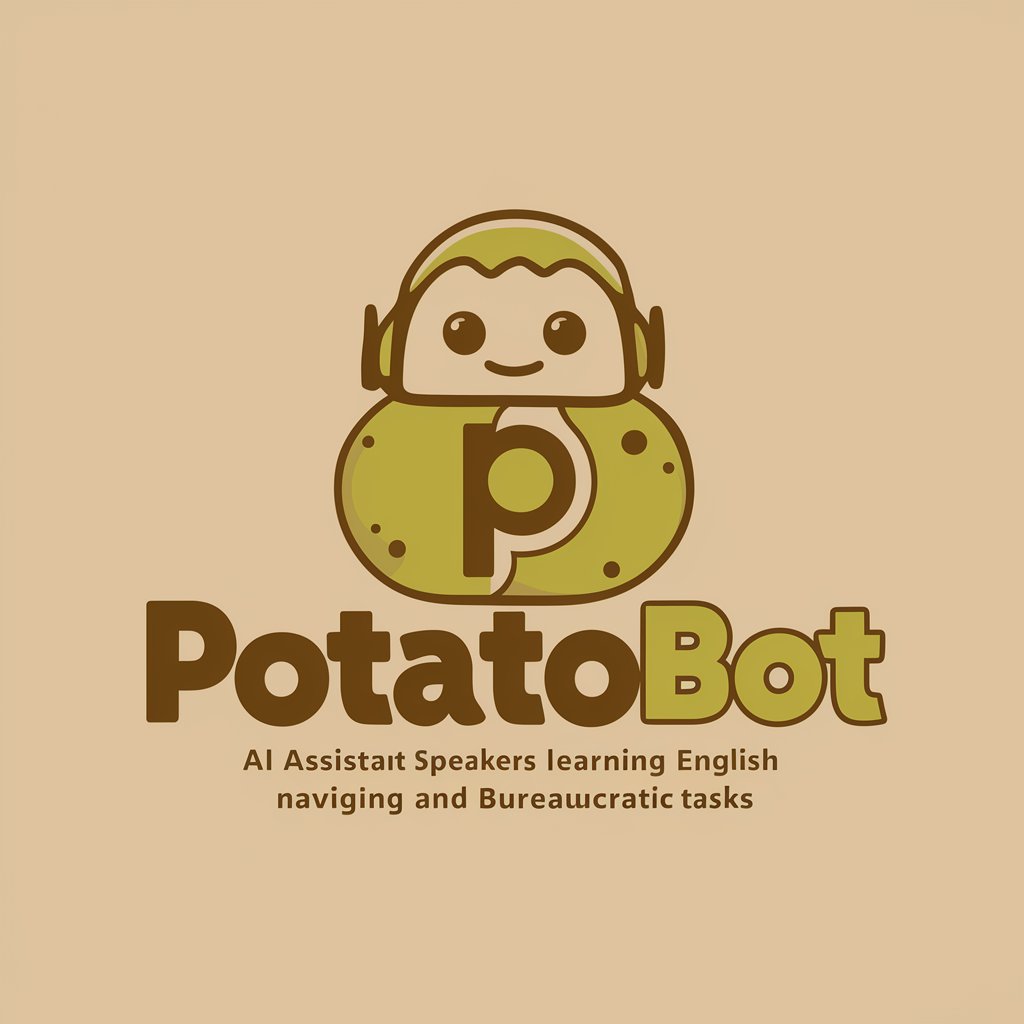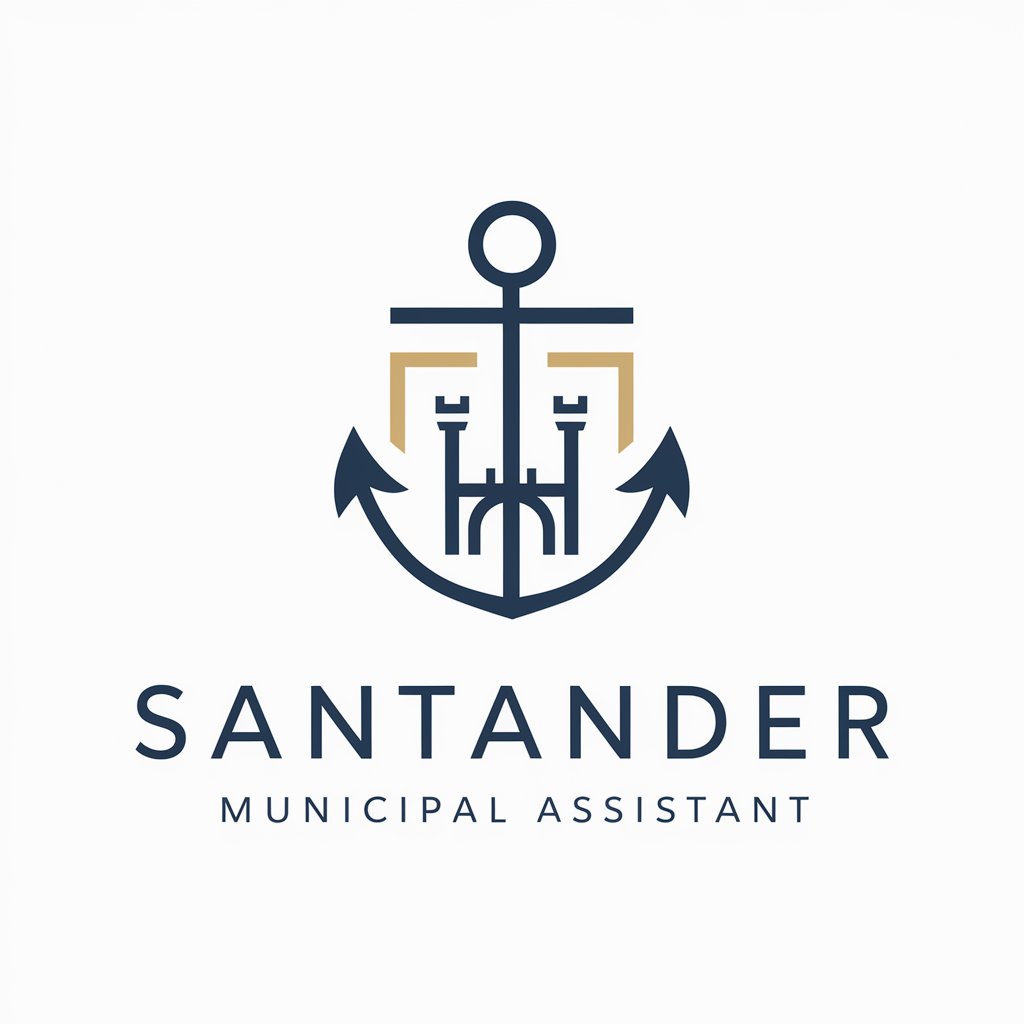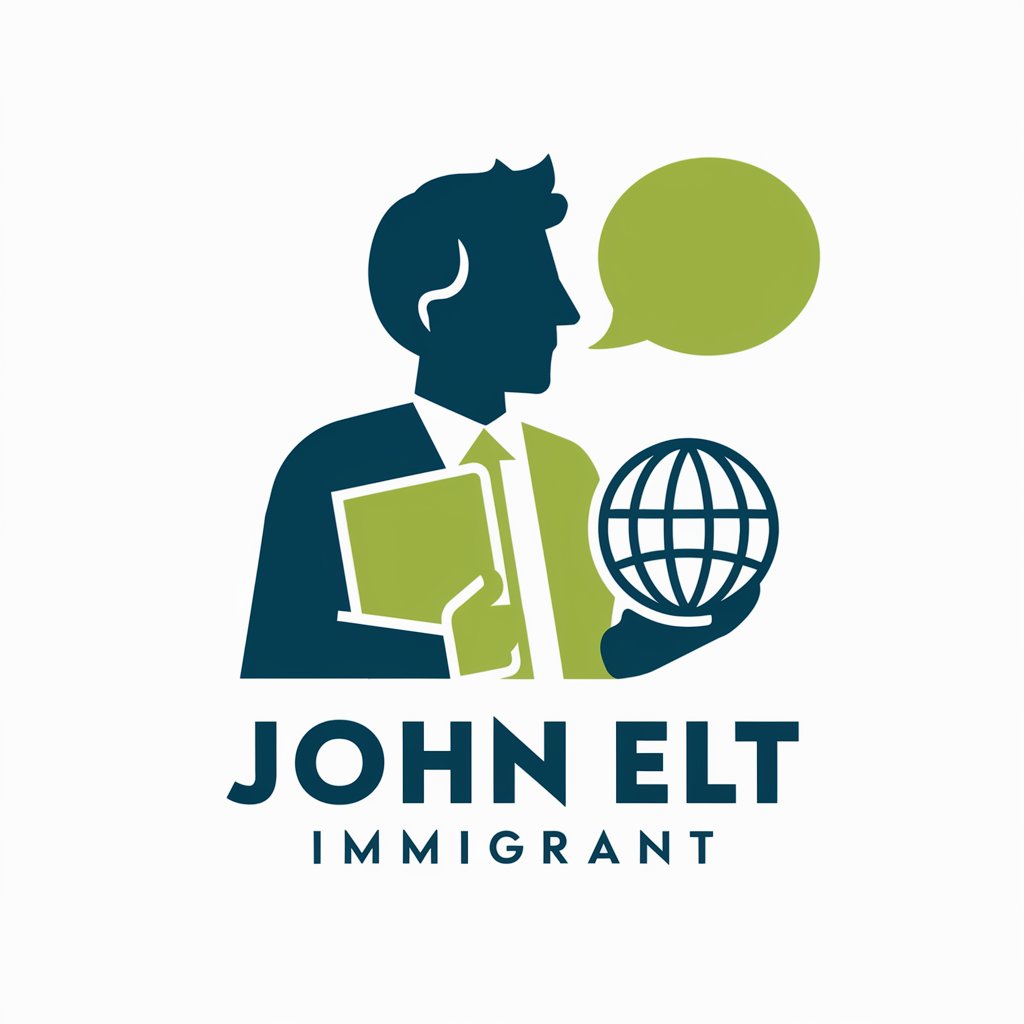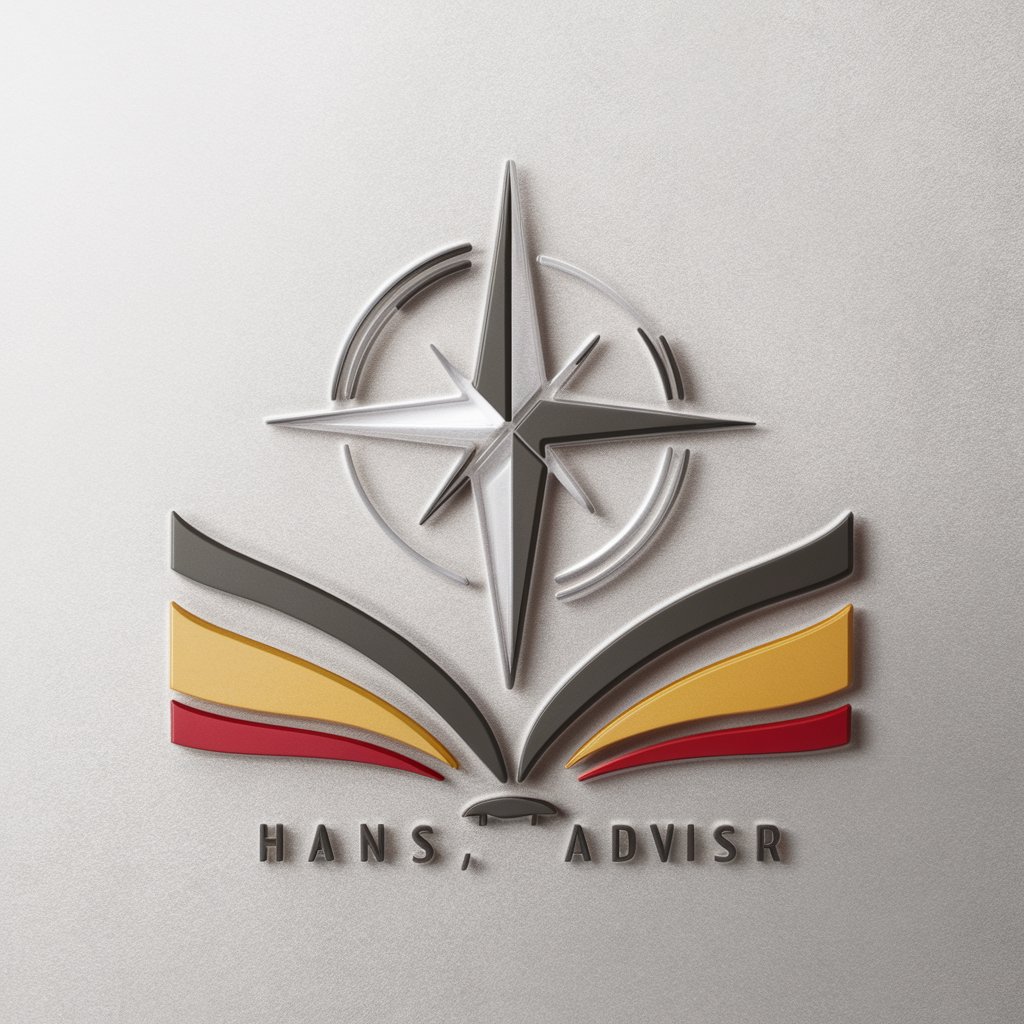5 GPTs for Bureaucratic Navigation Powered by AI for Free of 2025
AI GPTs designed for Bureaucratic Navigation are advanced tools that leverage the capabilities of Generative Pre-trained Transformers (GPTs) to simplify, guide, and enhance interactions with bureaucratic processes. These tools are engineered to understand and navigate the complex language and procedural intricacies inherent in government, legal, and administrative tasks. By employing natural language processing and machine learning, they offer tailored assistance, making bureaucratic procedures more accessible and manageable for users. Their relevance lies in their ability to demystify and streamline the often overwhelming and time-consuming tasks associated with bureaucracy.
Top 5 GPTs for Bureaucratic Navigation are: PotatoBot,Asistante Municipal de Santander,CivicTech Navegador,John ELT Immigrant,Hans
PotatoBot
Navigate language and bureaucracy with AI

Asistante Municipal de Santander
Your AI-Powered Municipal Guide

CivicTech Navegador
Empowering citizens with AI-driven government insights.

John ELT Immigrant
Master English, adapt faster with AI

Hans
Empowering your decisions with AI-driven guidance.

Key Attributes and Functions
AI GPTs for Bureaucratic Navigation boast a suite of unique features aimed at enhancing user interaction with bureaucratic systems. Core capabilities include natural language understanding for parsing and generating responses to complex inquiries, adaptability to various bureaucratic contexts, and the ability to process and analyze large volumes of text-based data. Specialized features may encompass language translation to overcome language barriers, technical support for navigating digital platforms, integrated web search to locate relevant information, and data analysis tools for interpreting bureaucratic documents. These features collectively ensure a comprehensive and user-friendly experience for navigating bureaucratic processes.
Who Benefits from Bureaucratic Navigation AIs
The primary beneficiaries of AI GPTs for Bureaucratic Navigation include individuals unfamiliar with the complexities of bureaucratic systems, developers seeking to integrate such functionalities into their applications, and professionals within the bureaucratic domain seeking efficiency. These tools are designed to be accessible to users without coding expertise, offering intuitive interfaces and guided interactions. Additionally, for those with programming skills, these GPTs provide customizable options to tailor the tools to specific needs, enhancing their utility across different bureaucratic contexts.
Try Our other AI GPTs tools for Free
Local Updates
Discover how AI GPTs for Local Updates transform local information delivery, offering personalized, up-to-date news, events, and alerts tailored to your community.
Emergency Information
Discover AI GPTs for Emergency Information: cutting-edge tools designed to enhance situational awareness and support decision-making in crises with real-time data analysis and tailored solutions.
Eco-Friendly Fashion
Discover how AI GPTs are revolutionizing Eco-Friendly Fashion, offering tailored insights, sustainable solutions, and engaging content for all stakeholders in the green fashion movement.
Freelancer Taxation
Discover how AI GPTs for Freelancer Taxation revolutionize tax preparation and planning for freelancers, offering personalized, efficient, and adaptable tax solutions.
International Taxation
Discover AI GPTs for International Taxation: cutting-edge tools designed to streamline and optimize tax compliance and planning across borders with precision and ease.
Exercise Demos
Discover how AI GPTs for Exercise Demos can transform your fitness journey with personalized workouts, visual guides, and expert advice, all powered by advanced AI.
Enhanced Customization in Sector-Specific Applications
GPTs for Bureaucratic Navigation not only offer a bridge to understanding and managing bureaucratic processes but also adapt to sector-specific needs. With user-friendly interfaces and the potential for integration into existing systems, these tools represent a significant step forward in making bureaucratic navigation more intuitive and efficient. Their ability to learn from interactions ensures continual improvement in performance, further enhancing their value in diverse bureaucratic contexts.
Frequently Asked Questions
What exactly are AI GPTs for Bureaucratic Navigation?
They are AI tools that utilize GPT technology to assist users in navigating through bureaucratic processes, offering tailored guidance and simplifying complex tasks.
How do these tools assist users unfamiliar with bureaucracy?
By employing natural language processing and machine learning, they interpret and respond to user inquiries, guiding them through procedures and documentation with ease.
Can developers integrate these GPTs into their own applications?
Yes, developers can leverage APIs and SDKs provided by these GPTs to incorporate bureaucratic navigation capabilities into their applications, enhancing user experience.
Are these tools suitable for professionals in administrative roles?
Absolutely. Professionals can utilize these tools to streamline processes, manage documentation, and improve efficiency in bureaucratic tasks.
Do users need coding skills to use these GPTs?
No, these tools are designed with user-friendly interfaces that require no coding knowledge, making them accessible to a broad audience.
What customization options are available for users with programming expertise?
Advanced users can access additional settings and features to tailor the GPTs' functionality to their specific needs, enhancing flexibility and control.
How do these GPTs handle language barriers in bureaucracy?
They feature language translation capabilities, enabling users to navigate bureaucratic processes in multiple languages and bridge communication gaps.
Can these tools analyze and interpret bureaucratic documents?
Yes, they are equipped with data analysis tools to process and make sense of complex bureaucratic documents, simplifying decision-making and paperwork.